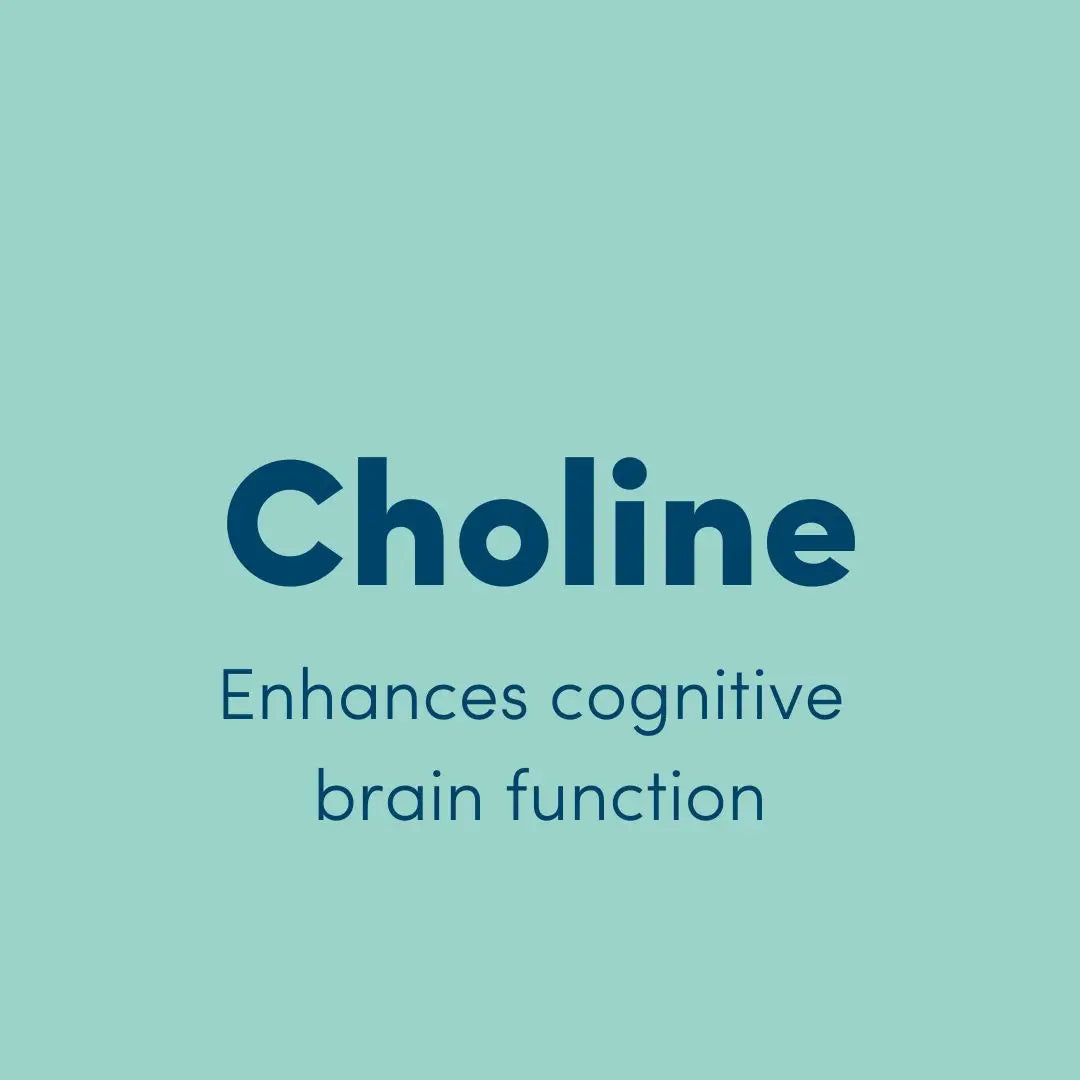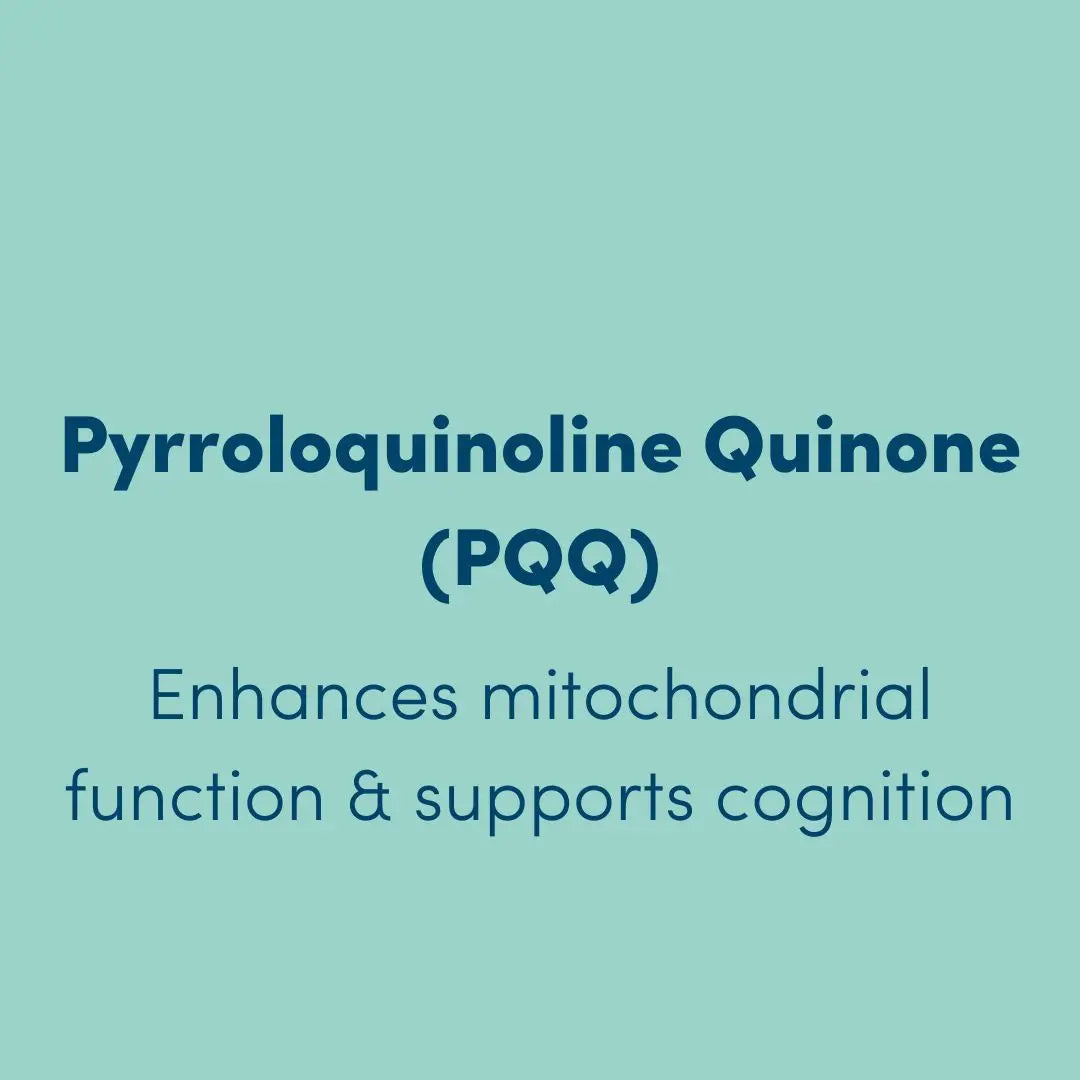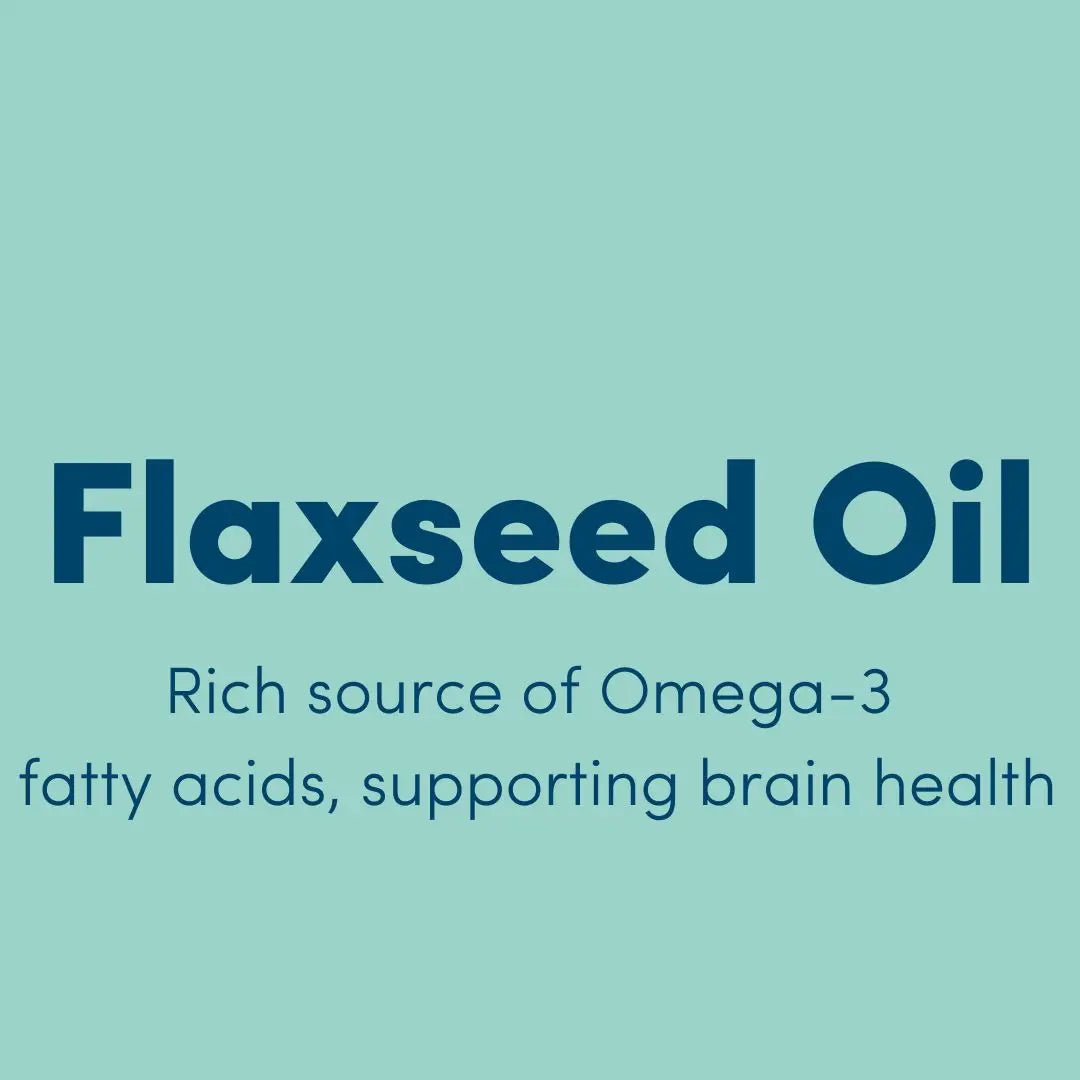
Depression is an increasing mental health issue affecting millions globally. Traditional treatments like medication and therapy are effective, but exercise has emerged as a complementary approach with significant benefits. Here is an insightful framework for understanding how physical activity can alleviate depressive symptoms.
Biological Mechanisms
- Neurogenesis and Brain Health:
- Exercise promotes neurogenesis, particularly in the hippocampus, a region in the brain critical for mood regulation. Increased neurogenesis can improve cognitive functions and emotional health, which are often impaired in depression.
- Enhanced synaptic plasticity through exercise can support better brain connectivity and resilience against depressive episodes.
- Neurotransmitter Regulation:
- Physical activity increases the levels of serotonin, dopamine, and norepinephrine, neurotransmitters essential for maintaining mood stability and reducing depressive symptoms.
- Reduction of Inflammation:
- Chronic inflammation has been linked to depression. Exercise helps lower the levels of pro-inflammatory cytokines, reducing inflammation and its associated mood disorders.
- Regulation of the HPA Axis:
- The hypothalamic-pituitary-adrenal (HPA) axis, which controls the body's stress response, often becomes dysregulated in depression. Regular exercise can help normalize HPA axis function, mitigating stress and improving mood.
Psychological Benefits
- Enhanced Self-Efficacy:
- Achieving exercise goals, regardless of their scale, can boost self-efficacy and confidence. This improvement in self-belief is crucial for managing and overcoming depressive symptoms.
- Distraction from Negative Thoughts:
- Engaging in physical activity provides a mental break from the persistent negative thoughts that often accompany depression, offering a temporary but beneficial respite.
- Mood Enhancement:
- Exercise triggers the release of endorphins, often referred to as "feel-good" hormones, which can significantly elevate mood and counteract feelings of depression.
Practical Applications
To maximize the antidepressant effects of exercise, the following practical strategies can be implemented:
- Starting Small and Progressing Gradually:
- Begin with low-intensity activities, such as walking or gentle stretching, and gradually increase the intensity and duration as fitness improves.
- Incorporating Enjoyable Activities:
- Choose physical activities that you enjoy to maintain motivation and consistency. Whether it’s dancing, cycling, or yoga, enjoyment is key to sustaining an exercise routine.
- Setting Realistic Goals:
- Establishing achievable fitness goals can prevent feelings of being overwhelmed. Celebrating small milestones can provide motivation and a sense of accomplishment.
- Establishing a Regular Routine:
- Consistency is vital for the long-term benefits of exercise. Scheduling regular workout sessions and treating them as non-negotiable appointments can help integrate exercise into daily life.
- Seeking Social Support:
- Joining fitness groups or finding a workout partner can enhance motivation and make exercise more enjoyable through social interaction and mutual encouragement.
Conclusion
The antidepressant effects of exercise are multifaceted, involving biological, psychological, and social pathways. By understanding these mechanisms, we can better appreciate how physical activity contributes to mental well-being and incorporate it effectively into treatment plans for depression.
Exercise is a powerful, natural remedy that complements traditional therapies, offering a holistic approach to managing depression and improving overall quality of life. By starting small, finding enjoyable activities, and seeking social support, individuals can harness the benefits of exercise to combat depressive symptoms and foster a healthier, happier life.
taenka is not a supplment to treat depression.
Hird, E.J., Slanina-Davies, A., Lewis, G. et al. From movement to motivation: a proposed framework to understand the antidepressant effect of exercise. Transl Psychiatry 14, 273 (2024). https://doi.org/10.1038/s41398-024-02922-y





